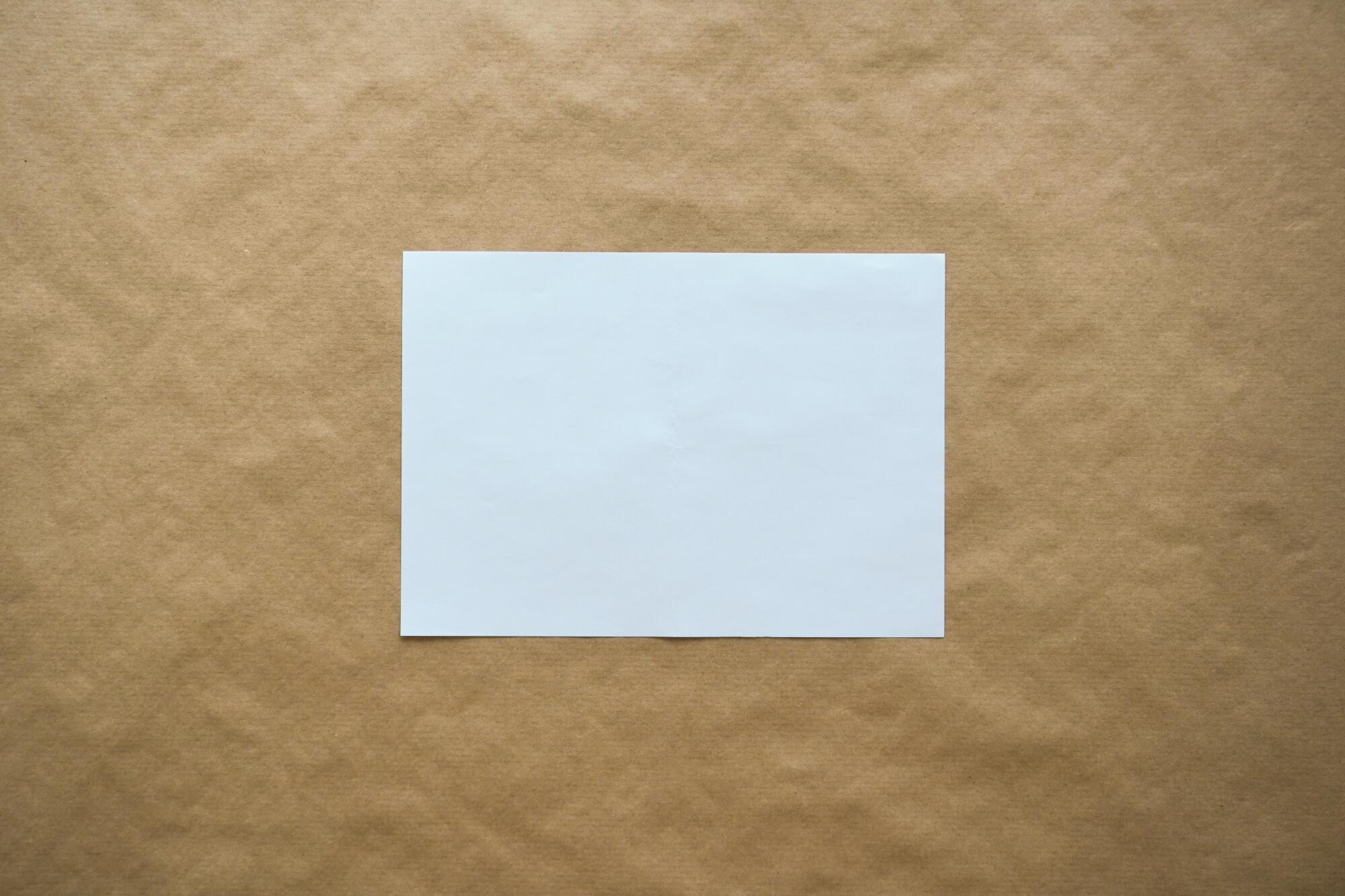
- Share via
For many of us, we live in a time of “I done seen it all before.” Or maybe it’s more like, I’ve seen something — I’m just not quite sure what. That thing — it was ... maybe, just maybe, kind of, sort of, like this, or maybe it wasn’t quite this, but this thing I saw reminds me of that thing. You know what I’m talking about. Or maybe it was that thing what’s his name described to me third-hand, or you know, come to think of it, I’m not quite sure it was that. It escapes me now. But I promise something happened, and I can tell you that I remember that it happened. I’m just having difficulty finding the words to say what, exactly, it was.
“What, exactly, it was” is top of mind as we read the news of the day. We are shocked and horrified by the events that took place over the weekend. First, in Buffalo. Then, in Laguna Woods. What transpired was atrocity. We hurt and grieve for the lives lost. It’s a lot to process.
Being able to describe what we see or experience is something that is a cornerstone of Image. As a publication, we attempt every day to put into words what is happening in L.A. and the world. A lot of what Image writes about is appearance and what appearance means. The ability to say “what, exactly, it was” is aspirational.
Some of the most interesting art today takes as its focus media — headlines, content, the old subjectivity/objectivity debate. Contemporary artists like Martine Syms, Alexandra Bell, Ja’Tovia Gary and American Artist all work across mediums and disciplines to render, re-create, tear down, repurpose narratives in mainstream media and on social platforms. They are stewards of a more responsible practice of storytelling. Among the many questions they ask: How can we best represent what happened? How can we correct, undue harmful narratives? How can we get more accurate in our storytelling? How can we get closer to what, exactly, it was?
In moments of atrocity and barbarism, it can be helpful to find quiet moments where one can reflect. With all of the narratives and counternarratives, the flood of images, it’s important to find what the artist Kenturah Davis calls a “space of opening.” She meant it as a point of departure, possibility. A space of opening is the place where reflection, thought, imagination exist. It’s a place free from the noise of rhetorical gymnastics. Conversations drift into the abyss of rhetorical exercise. “What, exactly, it was” is flipped into its opposite: “What, exactly, was it?” It’s easy to get lost in the ambiguity.
But spaces of opening are opportunities for deeper inspection. They are also a chance to clarify. In moments of anguish, clarity can heal. Possibility lies beyond the realm of calling the thing the thing. Atrocities don’t deserve the dignity of legend or the mystique of myth. They require a much more responsible form: criticism. The scholar Robin D.G. Kelley once remarked, “Critique, to me, is better than objectivity. Objectivity is a false stance.” How can one practice critique appropriately? Where does critique begin?
At Image, we believe it begins with carving out space. So, here’s a canvas from which to work:

Print it out. Screengrab it. PDF it. Share, don’t share. Pack it away. Come back to it. Add to it when you wish. Sometimes, what you put on paper is for you and only you. Maybe you’ll send it out one day, maybe the work you’ve done will be found. The important thing is that you figure out the starting point. We’ll assemble some additional resources for you to aid your efforts. (More to come on that in a bit.) In the meantime, know that what you make is a choice.
Ian F. Blair
Editor in Chief






